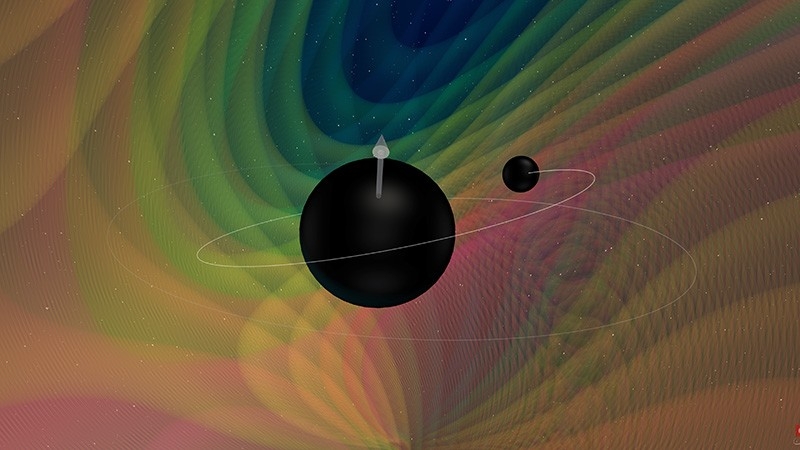This black-hole collision just made gravitational waves even more interesting

A visualization of a collision between two differently sized black holes.
Credit: N. Fischer, H. Pfeiffer, A. Buonanno (Max Planck Institute for Gravitational Physics), Simulating eXtreme Spacetimes (SXS) Collaboration
Davide Castelvecchi, 20 APRIL 2020
Gravitational-wave astronomers have for the first time detected a collision between two black holes of substantially different masses — opening up a new vista on astrophysics and on the physics of gravity. The event offers the first unmistakable evidence from these faint space-time ripples that at least one black hole was spinning before merging, giving astronomers rare insight into a key property of these these dark objects.
“It’s an exceptional event,” said Maya Fishbach, an astrophysicist at the University of Chicago in Illinois. Similar mergers on which data have been published all took place between black holes with roughly equal masses, so this new one dramatically upsets that pattern, she says. The collision was detected last year, and was unveiled on 18 April by Fishbach and her collaborators at a virtual meeting of the American Physical Society, held entirely online because of the coronavirus pandemic.
See full text